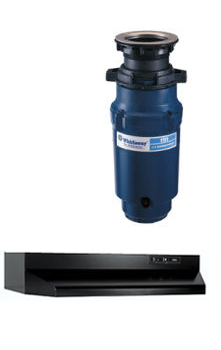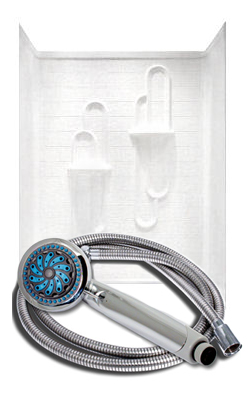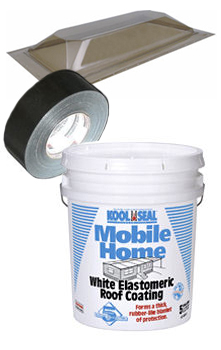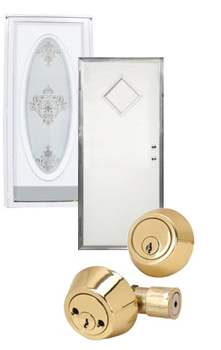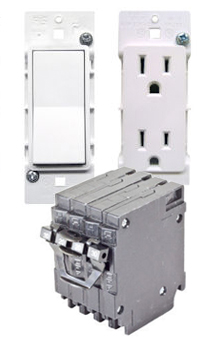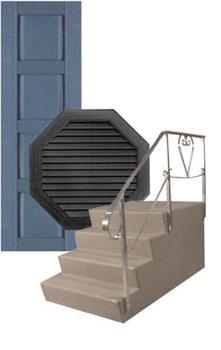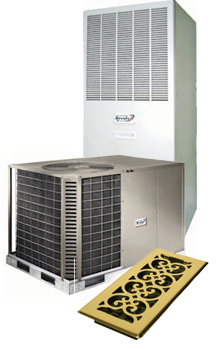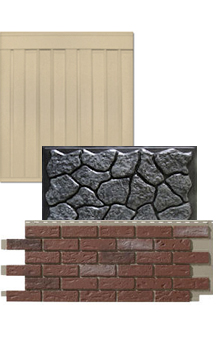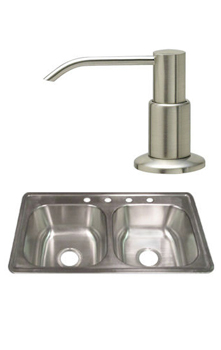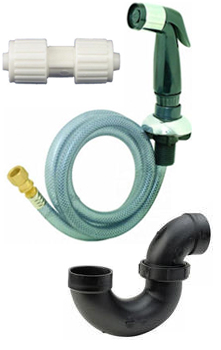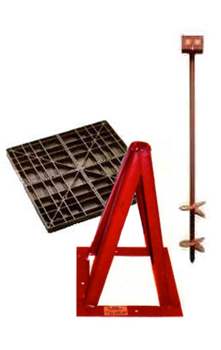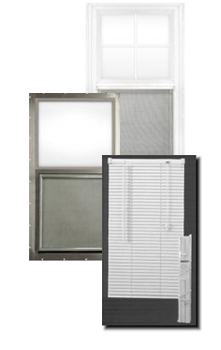For many years, the predominant type of mobile home skirting was galvanized metal. It had the typical colorless grey of bare steel and looked pretty bland. However, it fell out of fashion as insulated and faux-stone type skirting became the most popular exterior style. Today’s metal skirting is much superior to the old bare metal. It comes with a wide range of durable baked-on finishes, it can be insulated with sprayed insulation, plus it’s sturdier than vinyl insulation and requires zero maintenance.
Installation takes a little longer than vinyl skirting, and it’s a little trickier, but the results are definitely worth it. Before you begin make sure you have all of your materials and tools handy. You don’t want to be running back and forth tracking down parts.
You’re going to need the following materials:
• Metal
• Self-tapping screws
• Rubber-backed washers
• J-channel top track
• Corner channel
• Treated 2×4
• Wooden stakes
• 3-1/2in galvanized screws
• Vents
• Pea-gravel
Instructions
1. Install top track.
The J-channel will receive the top edge of the mobile home skirting and keep it held to the house. Find the place where you want the top of your skirting to be, then screw the J-channel to your home at this height the entire way around. You can use the bottom edge of the home as a guide, but use a level or a snap chalkline to get it straight. Keep this line level the entire way around the home.
2. Prepare the ground for the base.
You want the base of your mobile home skirting to be straight down from the top. Hang a plumb line at each corner and put a stake or nail in the ground at the point where the plumb-bob rests. Run a line around all the nails at every corner to establish a footprint for the home. Clear all rocks, clumps of dirt, and small stumps from the area on each side of the line.
3. Build bottom rail.
Your mobile home skirting needs support at the ground so that it doesn’t bend or get blown around by the wind. Inside the line that you ran between your corner markers, you should put down a rail of 2×4’s on edge. Again, make sure the ground is cleared. Behind the 2×4’s, put down wooden stakes every 4 feet. Once all your stakes are lifted, raise your 2×4 rail about an inch and secure it to the stakes with the 3-1/2in galvanized screws. In front of the wooden rail, dig a trench about 5-6 inches deep and fill it half-way with pea-gravel. Make sure you’re not digging so close to the rail that you compromise the ground around your stakes.
4. Install skirting.
Cut the pieces of mobile home skirting to length, then fit them under the J-channel and on top of the pea-gravel. Use self-tapping screws and rubber-backed washers to secure the metal to the bottom rail. Use one or two more screws with washers on each seam between the pieces of your mobile home skirting to secure them together. Use corner channel to finish the edges between the sides.
5. Add insulation.
Insulating your skirting has its benefits. It keeps the heat and cold out of the bottom of your home and helps keep the inside comfortable while keeping energy costs down. It also makes it better as a storage space to keep outdoor furniture in the off-season, or garden tools, or sleds during the summer. The easiest way is to add insulation to your skirting is to cut foam board to fit behind it. The foam can even be glued to the metal for more security. Or, you could have expanding foam sprayed onto the back of the metal. Sprayed foam is much more efficient and doesn’t leave gaps. However, it makes it much harder to change your mobile home skirting in the future.
6. Add vents and doors to your skirting.
Cut holes for at least one door on each side. Locate them so that it’s convenient to get to utilities like gas and water shut off valves. Also cut holes to install vents. Check your local building code for requirements on ventilation, but a good baseline is one square foot of open vent for every 150 sq. ft. of floor space. If your vents have louvers or screens (and they should), increase your needed vent area by 30-50% as they will constrict some of the airflow.
7. Finishing touches.
Fill up your pea-gravel trench once everything else is done. This gives the bottom of the skirting a place to go if the ground swells at the base. If you live in an area that has very harsh winters, you probably won’t want to screw the skirting to the house at the J-channel and instead leave a little extra space above the skirting to allow for some vertical movement.
That’s it! You’re done. Step back and admire your handiwork. Enjoy the improved looks of your mobile home.
Tags: diy, how to, mobile home skirting


